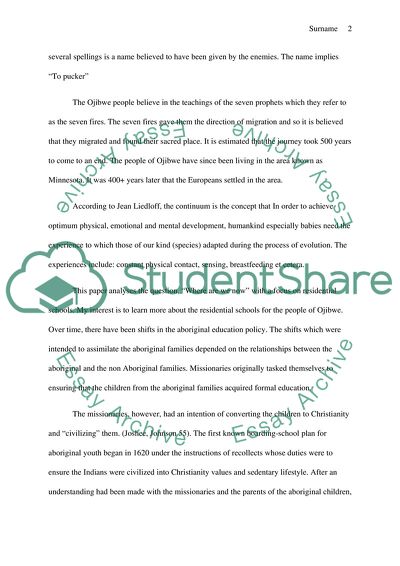Cite this document
(Civilizing the Anishinaabe-Ojibwean People Case Study - 1, n.d.)
Civilizing the Anishinaabe-Ojibwean People Case Study - 1. https://studentshare.org/social-science/1817246-anishiinbe
Civilizing the Anishinaabe-Ojibwean People Case Study - 1. https://studentshare.org/social-science/1817246-anishiinbe
(Civilizing the Anishinaabe-Ojibwean People Case Study - 1)
Civilizing the Anishinaabe-Ojibwean People Case Study - 1. https://studentshare.org/social-science/1817246-anishiinbe.
Civilizing the Anishinaabe-Ojibwean People Case Study - 1. https://studentshare.org/social-science/1817246-anishiinbe.
“Civilizing the Anishinaabe-Ojibwean People Case Study - 1”. https://studentshare.org/social-science/1817246-anishiinbe.


